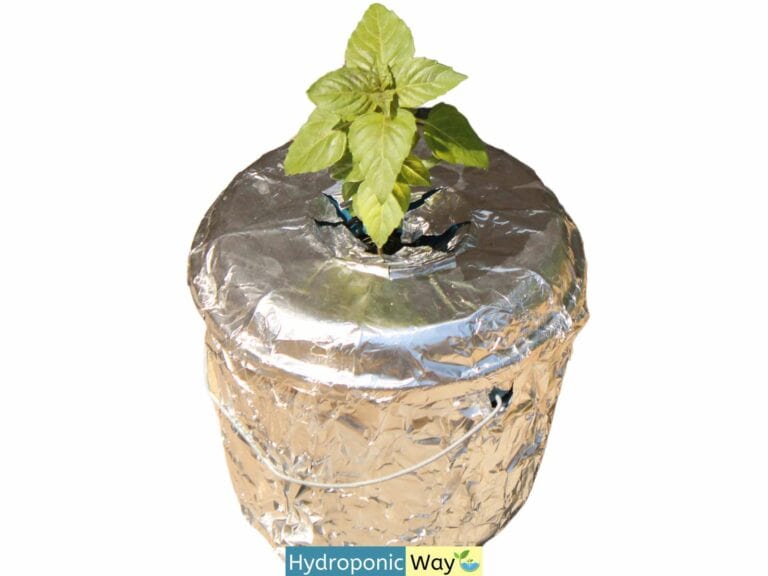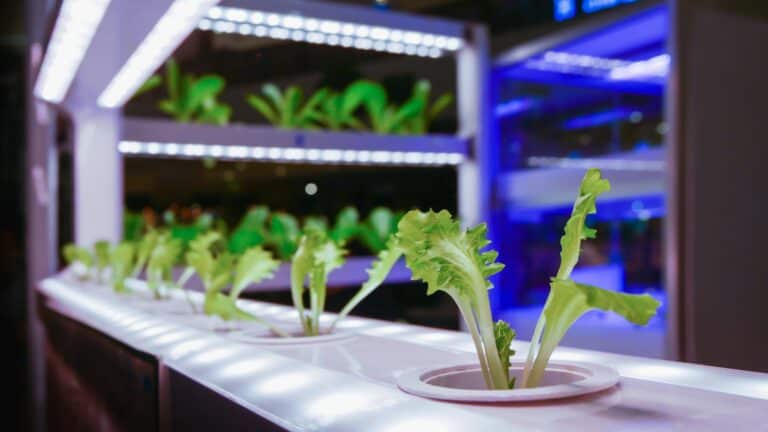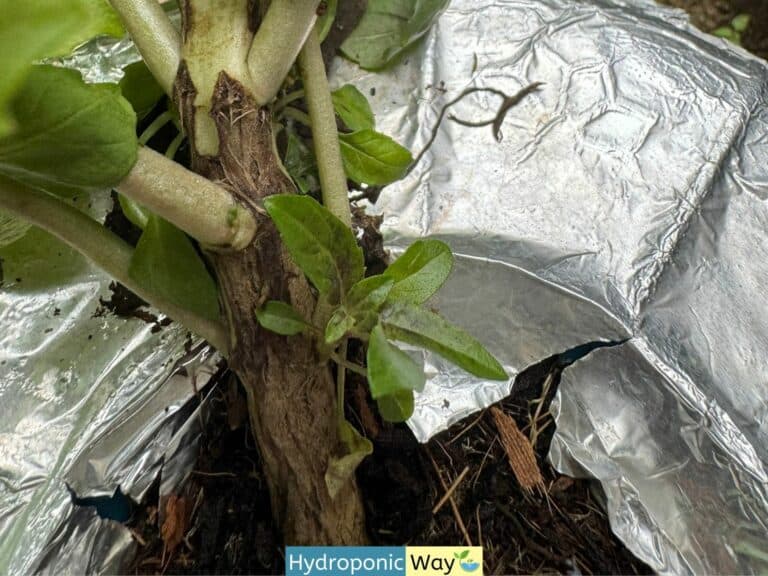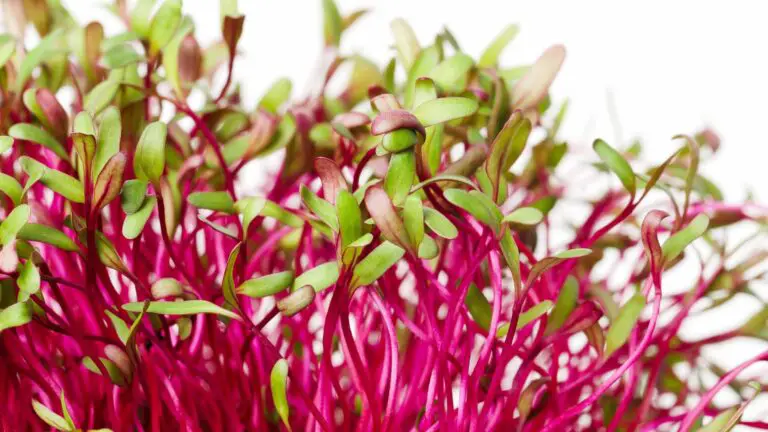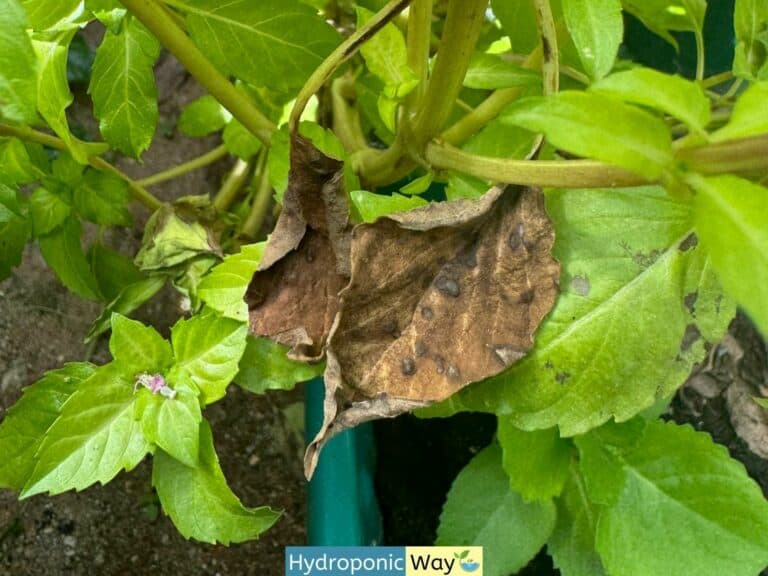Benefits Of Growing Coriander And Basil Together
Basil and coriander are popular culinary herbs used worldwide. They are both easy to grow, and you can hardly go wrong with either. What’s even more impressive is that you can grow them both together. When you grow coriander and basil together, both crops’ yield and quality are improved.
This post covers the reasons why you must grow coriander and basil together. We will also discuss the benefits in a hydroponic context.
1. Basil loves the sun; coriander loves the shade.
Basil needs at least six hours of direct sun exposure. When it doesn’t have enough light, basil’s growth is often stunted. Stunted growth is often followed by unhealthy roots, too. Soon, the plant will die, starving for light and root rot.
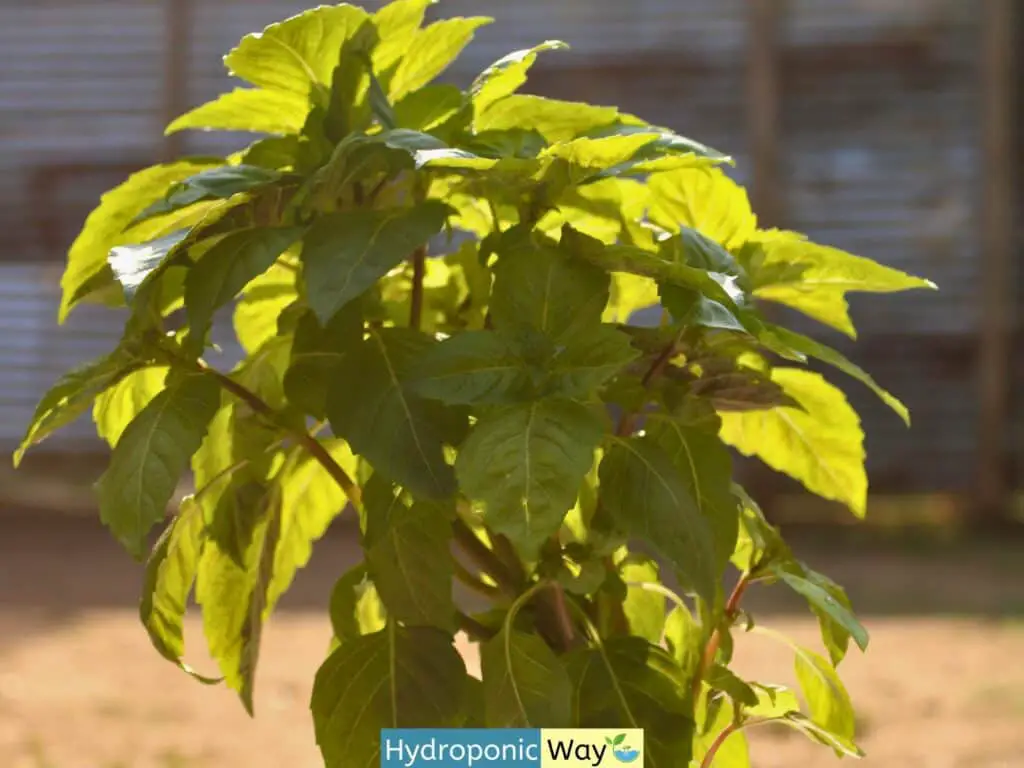
On the other hand, coriander loves the shade. Although direct sun exposure isn’t a problem for coriander, it’s unnecessary. About 4-6 hours of exposure is sufficient to grow coriander with excellent health. Also, when coriander is shaded, it suffers less from heat stress, which is often why plants die in hot climates.
These alternative properties make coriander and basil a great companion. When you interplant basil among coriander, the shade provided by basil protects the coriander from direct sun. While coriander enjoys the shade, basil will have the sunbath it needs the most.
Related: How Much Light Does Basil Need?
2. Both coriander and basil have similar nutrient requirements
Both coriander and basil love slightly acidic conditions. A soil pH between 5.6-6.4 is optimal for growing both of them. This means both can grow in the same environment.
Significantly, if you’re growing using hydroponics, the same nutrient solution can be used to grow the pair.
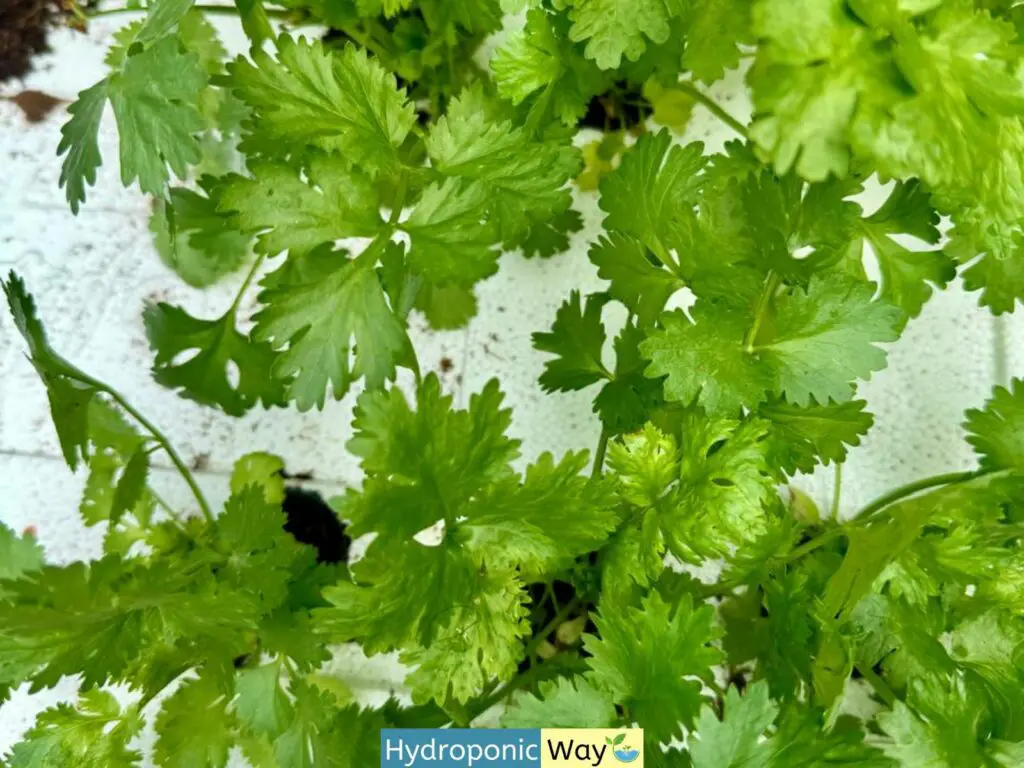
Further, the pair’s nutrient concentration requirements are also somewhat similar. Both plants grow well above 1.5 EC. An optimal level would be around 2.4.
While basil can tolerate very high nutrient concentrations, coriander can’t when the concentration rises above 3.0 EC. At very high concentrations, coriander leaf tips start to burn. The plant is trying to remove the excess salt it has consumed. When the salts evaporate, they also take the water around that area.
Related: Nutrient Requirements For Hydroponic Basil: Mixing, Fixing and Diagnosing
3. Fewer pests and disease
Basil and coriander are known to repel some pests. Yet, they aren’t immune to all plant-eaters. When coriander and basil are together, they mutually benefit from each other’s insect-repelling properties.

Coriander repels pests like aphids, Colorado potato beetles, and spider mites. Basil also repels pests like carrot flies, whiteflies, mosquitoes, and asparagus beetles. Together, they repel a wide array of pests and diseases spread by them.
Together, they also attract beneficial insects like ladybirds into your garden. These can eat many harmful pests. For instance, ladybirds are efficient in preventing aphids and mites.
Related: Hydroponic Basil Pests and Diseases
4. Improves airflow
Both basil and coriander can grow pretty crowded. Basil is pruned to keep it busy, too, but mixing them would give the basil plant more space to breathe.
Insufficient airflow is a problem for both basil and coriander. When basil doesn’t have enough airflow, it is vulnerable to downy mildew attack. On the other hand, coriander is vulnerable to powdery mildew attacks when there’s not enough airflow.
With more space among the plants, basil and coriander have ample airflow to fight against these fungi.
Airflow also helps plants with their transpiration process. More airflow quickly evaporates water from the leaf’s surfaces, helping the plant absorb more nutrients from the ground. In particular, minerals like Calcium need this process to reach the top. Leaves with insufficient airflow may experience tip burns, as Calcium can’t reach those parts of the leaves.
Related: 7 Tips to Avoid downy mildew in basil
5. Complimentary flavor
Basil and coriander are used in several cuisines around the world. They also have a pretty complementary flavor. Having them both in your backyard garden helps you get fresh harvests every time.
Here’s a quick and nice coriander and basil pesto recipe:
Mickey Trescott’s Cilantro-Basil Pesto is a quick and easy recipe that takes just 10 minutes to prepare and make. This recipe yields 1½ cups of pesto. To make it, you’ll need 4 ounces of fresh basil and 4 ounces of fresh cilantro, both tightly packed to about 1 cup each. Add ½ cup of extra virgin olive oil, the juice of one lemon, a peeled clove of garlic, and ½ teaspoon of sea salt. Blend all the ingredients in a high-powered blender or food processor until you achieve the desired consistency. If the mixture is too thick, you can add a bit more olive oil. This pesto can be stored in the refrigerator for up to a week.
Related: How often can we harvest basil?
I hope these five reasons compel you to grow basil and coriander together. Happy growing.


